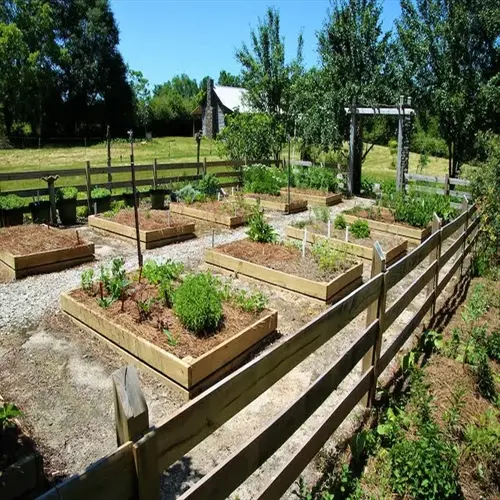How do I know when to repot orchids?

Written by
Julia Anderson
Reviewed by
Prof. Samuel Fitzgerald, Ph.D.Identifying signs of repotting an orchid prevents root rot and improves flowering. It is very clear when something is wrong with your plant due to overcrowding. I know this firsthand - I lost a treasured Cattleya because its roots were suffocated. Healthy orchids require space and fresh medium to thrive.
Root Examination
- Check for roots circling tightly inside the pot
- Look for roots growing through drainage holes
- Identify pale or shriveled roots needing removal
- Note healthy silver-green roots indicating good condition
Medium Assessment
- Smell for sour odors signaling bacterial growth
- Observe medium crumbling into soil-like texture
- Test drainage speed during watering
- Check for salt buildup on medium surface
Orchid roots require adequate air circulation to absorb moisture. Being compacted, the medium doesn't allow this and results in rot. My client's overwatered Phalaenopsis developed black roots due to poor drainage. Always use bark mixes with larger pieces to allow oxygen circulation to delicate roots.
Season affects how well you'll repot. Spring allows warming conditions. I will repot in March, allowing my orchids to go through winter dormancy, which helps them develop roots over the next several months until they bloom. I ensure that I do not repot during bloom or at low optimum temperatures.
The speed of recovery of your orchid indicates repotting was successful. You should see new root growth within 3 to 4 weeks. Look for bright green root tips coming out. These indicate your orchid is adapting to its new medium. Maintaining a consistent routine after repotting ensures healthy blooming in the future.
Read the full article: When to Repot Orchids: Essential Guide

